WYSPIAŃSKI’S WAWEL
VIEW THE HILL THROUGH HIS EYES
A large, anniversary and multidimensional temporary exhibition dedicated to the Wawel motif in the work of Stanisław Wyspiański.
March 22 – July 21, 2024
Official exhibition spot
A hundred and twenty years ago, in the spring of 1904, Wyspiański published the drama Acropolis, whose action is set in the cathedral, while in the autumn, together with Władysław Ekielski, he began work on a concept of the hill’s development – a large Acropolis. The project was closely connected to the regaining of the Wawel hill from the hands of the occupying military forces, at the same time emphasizing the 19th century conception of Wawel as the heart of Poland.
The exhibition is divided into three thematic blocks: the first displays Wawel motifs present in the artworks of Wyspiański (the castle), the second – in his literary works (building no. 9), while the third (building no. 7) demonstrates the influence of the artist, directly and indirectly, on other artists. The conceptual centre of the exhibition is in two sections: that referring to the Acropolis project and the second, dedicated to the drama of the same title. An important complement of the first is the gate brought in specially for the exhibition (in the vicinity of building no. 5), with its form relating to the one that Władysław Ekielski wrote about in his commentary to the design.
Visitors will have a chance to see nearly 300 objects, including many outstanding works by Stanisław Wyspiański – the exhibition is opened with his Self-Portrait in a Robe. Other exceptional works include views with Wawel motifs (Planty Park at Night, Bend of the Vistula), portraits of Zygmunt the Elder and Zygmunt August, as well as images of actors in premiere performances of the drama Bolesław the Bold at Krakow’s City Theatre: Józef Sosnowski, Michał Tarasiewicz and Andrzej Mielewski. Most of the above-mentioned works were masterly painted by the artist in pastels; therefore, they are rarely lent out to exhibitions.
Also worthy of particular attention are sketches for cathedral stained-art designs, drawings of architectural details, sketches for the Acropolis project, as well as literary works and those thematically related to performances of Wyspiański’s dramas. The exhibition also includes paintings and drawings of other artists, above all Jan Matejko, Józef Simmler and Leon Wyczółkowski, displayed in a contextual format for better understanding of the artist’s sources of inspiration. The last section will present pastels, watercolours and drawings of artists working on themes known from the art of Wyspiański, above all Slavic and folkloric, as well as those inspired by his designs. Among the authors are Zofia Stryjeńska, Jerzy Edward Winiarz and Adolf Szyszko-Bohusz.
“Wyspiański […] was in love with Wawel. He dreamed of restoring its magnificence” – Adam Chmiel, historian and archivist, friend of Wyspiański
The works gathered in the exhibition confirm the relevance of these words, and the admiration and fascination with Wawel are evident even in the slightest pencil line and in each spot of paint.
Agnieszka Janczyk, exhibition curator

.
Co-financed with funds from the Minister of Culture and National Heritage of the Republic of Poland
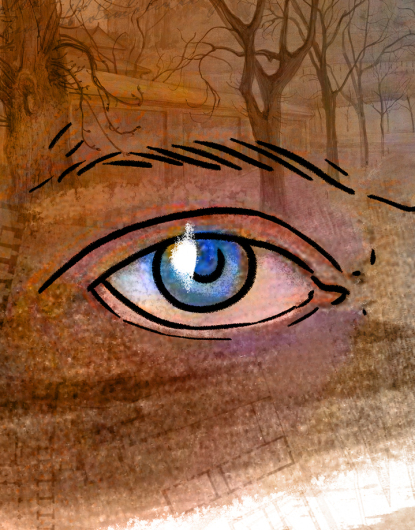
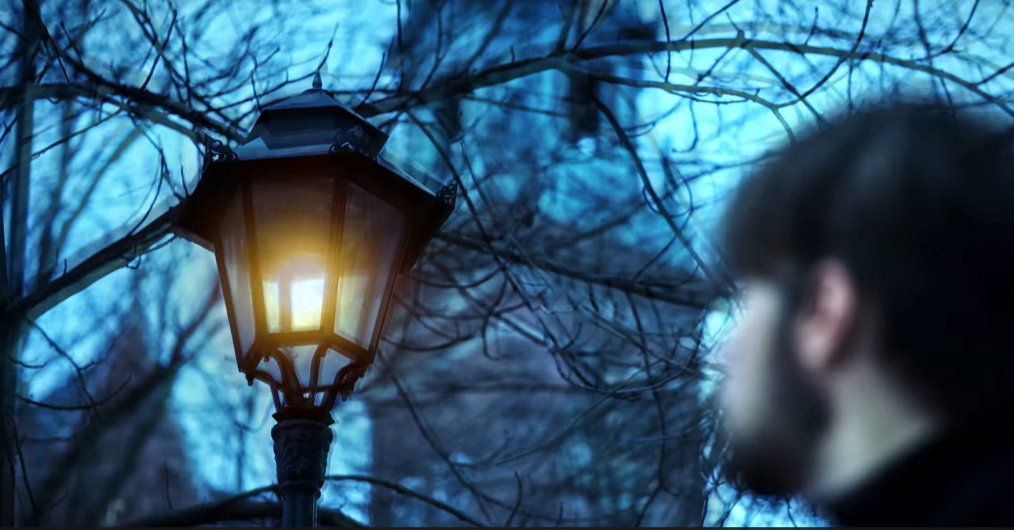


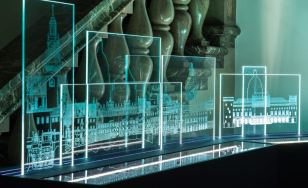


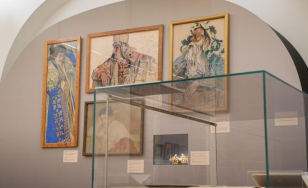
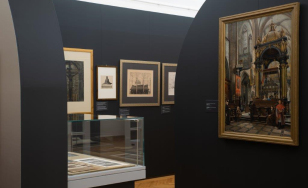

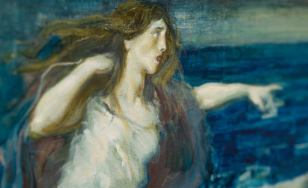
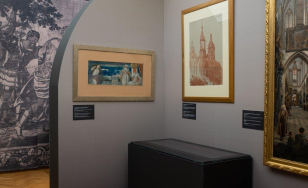


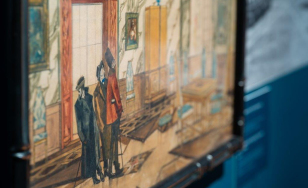
 Honorowy patronat Ministra Kultury i Dziedzictwa Narodowego
Honorowy patronat Ministra Kultury i Dziedzictwa Narodowego
 Patron of the Wawel Royal Castle
Patron of the Wawel Royal Castle
 Strategic Partner of the Wawel Royal Castle
Strategic Partner of the Wawel Royal Castle
 Education Patron of the Wawel Royal Castle
Education Patron of the Wawel Royal Castle
 Partner of the Exhibition ”Wyspiański’s Wawel”
Partner of the Exhibition ”Wyspiański’s Wawel”
 Advertising Partner
Advertising Partner











